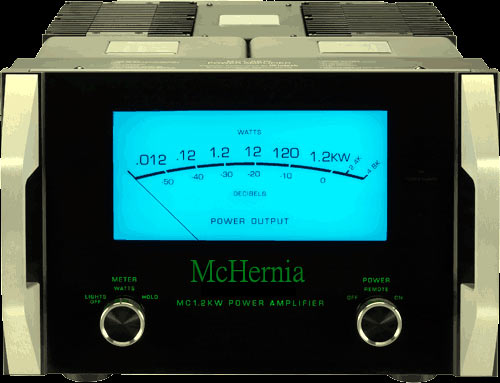captouch
Addicted Member
I have a heavy MC 2255 coming in toward the end of this month, and I'll be opening it up to compile a cap list for recapping, looking into a meter that isn't working, De-oxiting the controls, and changing the faceplate glass.
It's a ~85lb unit and I anticipate it being a challenge to manipulate (turning this way and that to open top and bottom covers, removing faceplate, accessing boards, etc).
Are there any tips/tricks you all have found effective in dealing with handling/manipulating really heavy units like this?
I'm thinking of putting some pads/towels on a table and making sure not to put any excess weight on the faceplate to avoid damaging the glass - so thinking I'd overhang the face over the edge of the table so it doesn't see the pressure.
But other than that, I'm thinking of maybe rolling it when I need to flip it over instead of trying to lift and flip 85lbs each time.
Does that sound like a reasonable plan, or have others found better ways of dealing with the weight challenge?
Or some things to definitely NOT do to avoid damaging casework/chassis?
I was thinking it'd be really nice to have some jig that you could clamp the amp into and have many degrees of freedom to flip/rotate/etc, but realistically, that's not something that would be readily available or easy to build to support that kind of weight.
Just looking to mine the wisdom/experience of people who've done this before to avoid some pitfalls/mistakes that I can avoid.
It's a ~85lb unit and I anticipate it being a challenge to manipulate (turning this way and that to open top and bottom covers, removing faceplate, accessing boards, etc).
Are there any tips/tricks you all have found effective in dealing with handling/manipulating really heavy units like this?
I'm thinking of putting some pads/towels on a table and making sure not to put any excess weight on the faceplate to avoid damaging the glass - so thinking I'd overhang the face over the edge of the table so it doesn't see the pressure.
But other than that, I'm thinking of maybe rolling it when I need to flip it over instead of trying to lift and flip 85lbs each time.
Does that sound like a reasonable plan, or have others found better ways of dealing with the weight challenge?
Or some things to definitely NOT do to avoid damaging casework/chassis?
I was thinking it'd be really nice to have some jig that you could clamp the amp into and have many degrees of freedom to flip/rotate/etc, but realistically, that's not something that would be readily available or easy to build to support that kind of weight.
Just looking to mine the wisdom/experience of people who've done this before to avoid some pitfalls/mistakes that I can avoid.


















